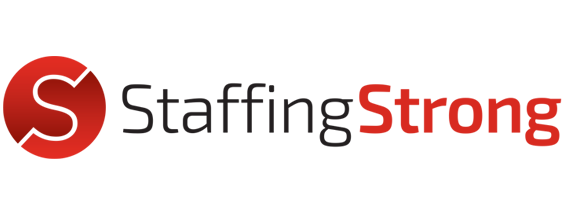
05 Jun Fact: On-the-Job Training Doesn’t End After Onboarding, But It’s Mission-Critical
Onboarding and continual team education are critical to employee retention. An effective onboarding process can increase the retention of new hires by up to 82%. Meanwhile, Gallup found that only 12% of American employees think their employer has a good onboarding process, with one in five employees having a poor onboarding experience or none at all. The employees happy with their onboarding experience were 2.6x more satisfied with their employer.
On average, it costs $1,678.00 to train an employee. And according to The American Society for Training and Development, employers can benefit from a 24% higher profit margin if they actively invest in training their workforce. Northpass even found that customer service onboarding statistics show that employers with structured onboarding saw a 60% year-over-year revenue improvement.
Building a robust onboarding and year-long training program for all your team members can lead to higher profits, employee retention, and breakthrough business performance. Bonus? Employers with standard onboarding processes benefit from a 50% productivity increase. Furthermore, 35% of employees find organizations with phenomenal training and development programs more attractive—supporting your recruiting efforts and hiring goals.
Onboarding is a crucial component for new hires and veteran employees.
The numbers speak volumes. Onboarding and ongoing training are vital components for new hire orientation and ongoing employee development and retention. In the same way you leverage recruitment technologies, agencies, and hiring processes, investing in onboarding and continual training is essential.
Here’s how you can get started in designing your onboarding process.
First, it’s essential to understand your employee onboarding goals. Usually, onboarding aims to help new hires gain the necessary skills, knowledge, and approaches to become effective team members aligned with internal processes and your company culture and values. So, what does that mean for your business? You must define goals for what you want your onboarding program to achieve, including:
- Setting new-hire expectations upfront
- Outlining the knowledge and skills new hires will gain via onboarding
- Defining and communicating a transparent company culture and accompanying code of conduct for new hires
For example, suppose you’re training a business development executive. You may set a requirement for sales trainees to make a presentation or run through a demo to their team and training manager to show their knowledge and understanding of the business. Or, if you’re training marketers, the 90-day goal might be pitching a new marketing campaign based on their knowledge of your audience and growth targets.
Doing research can help, and so can enlisting team members and managers and asking them how long it took to get up-to-speed after starting with your organization. You can also ask when they’re seeing new team members begin to fully integrate and take meaningful action. Guiding your 90-day goal empowers you to build a strong onboarding strategy.
Setting clear goals helps your new hire understand your expectations and motivate them to complete their training and stick to their new role.
Once you’ve established a goal, it’s time to create your training team.
Now that you’ve nailed down your starting goal, it’s time to enlist members across your organization to build a robust training team that can develop your eLearning and hands-on onboarding experience.
Who you’ll want to involve will vary by your organization’s size, industry, and structure. Sometimes, you could be looking at Human Resources, Learning & Development, or Training & Development. It’s helpful to survey existing team members, recent hires who have surpassed 90 days, and hiring managers so you’re considering all the aspects.
Giving this team a shared view of progress and tasks assigned with clear roles is critical, as well as involving them in vetting the proper training solutions and outside agencies you want to leverage before you start planning your onboarding process.
And this is just the beginning.
When your onboarding process is in place, it’s essential to keep employee education going to increase engagement, retention, and productivity. Keep an eye out for a future blog on ongoing training.
Need more onboarding advice? Staffing Strong is up-to-date with the latest approaches.
At Staffing Strong, we help your organization hire and retain standout talent with current industry best practices. Contact us today to schedule a consultation.
Meet the Author
Evelyn Vega is the Founder and President at Staffing Strong and the Past President of the Phoenix American Marketing Association. Since 1999, she’s made her career about supporting her clients in building meaningful careers and partnering with businesses in finding quality hires. In her free time, Evelyn sits on various advisory boards and enjoys practicing on her drum set!

Sorry, the comment form is closed at this time.